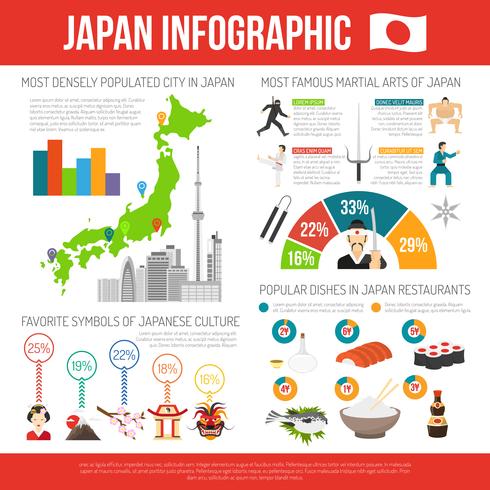A Historical Introduction And Development Of Martial Arts Around The World
A Historical Introduction And Development Of Martial Arts Around The World
Blog Article
Web Content Writer-Mortensen Ebsen
Martial arts have a remarkable history that spans centuries and continents. You could find it intriguing just how ancient methods like Shuai Jiao and Kalaripayattu laid the groundwork for modern battle techniques. These disciplines not just stress physical skills but also mirror the cultures that birthed them. As you explore their development, consider how globalization has actually transformed these typical types right into hybrid styles. What impacts do you think have shaped today's martial arts landscape?
Ancient Martial arts: The Foundations of Combat
As you look into the world of old martial arts, you'll uncover the abundant structures that shaped battle strategies throughout cultures. Very early practices focused on Self-Defense and survival, typically incorporating strikes, hurting, and weapons.
In old China, as an example, techniques like Shuai Jiao highlighted tosses and joint locks, while India's Kalaripayattu showcased dexterity and fluid activity. Japanese samurai created Kenjutsu, a polished swordsmanship that highlighted discipline and method.
These martial arts served not just for battle but also as a way of individual advancement, instilling values like respect and determination. The mixing of these strategies over time laid the groundwork for the diverse martial arts you see today, each mirroring the unique viewpoints and requirements of its culture.
The Social Influence on Martial Arts Growth
While martial arts typically reflect the sensible requirements of a culture, they likewise personify the cultural worths and beliefs of their beginnings. When you discover different martial arts, you'll discover how they're influenced by faith, philosophy, and social standards.
As an example, the emphasis on respect and technique in Japanese martial arts stems from Zen Buddhism and samurai society. In contrast, Brazilian Jiu-Jitsu advertises adaptability and technique, formed by the need for performance in a diverse, modern setting.
You could find that the routines, attires, and training approaches mirror an area's background and identification. By understanding Read More Here , you deepen your gratitude of martial arts and their duty fit human experiences around the world.
Modern Adaptations and the Globalization of Martial arts
Martial arts have actually changed dramatically in recent decades, adapting to contemporary society and international influences. guila kajukenbo 'll see that conventional types have combined with contemporary strategies, developing hybrid styles like mixed martial arts. These adaptations satisfy diverse target markets, making martial arts easily accessible and enticing globally.
With the surge of social media sites and electronic platforms, you can discover tutorials and competitions from all corners of the world, breaking geographical barriers. This globalization has actually brought about a common recognition for various techniques, from Brazilian Jiu-Jitsu to Taekwondo.
As you engage with these arts, you'll realize they're not practically combat; they promote fitness, self-control, and psychological wellness.
Ultimately, modern adjustments have improved the martial arts landscape, making it a vibrant and developing practice.
Conclusion
In checking out the background and development of martial arts, you uncover a fascinating mix of methods, societies, and viewpoints. From ancient self-controls like Shuai Jiao and Kalaripayattu to the contemporary adaptability seen in mixed martial arts, martial arts reflect humankind's quest for Self-Defense and personal growth. As you engage with these methods, you not just get skills but likewise a deeper appreciation for the varied traditions that shape our world today. So, continue martial arts without belt and welcome the art of combat!
